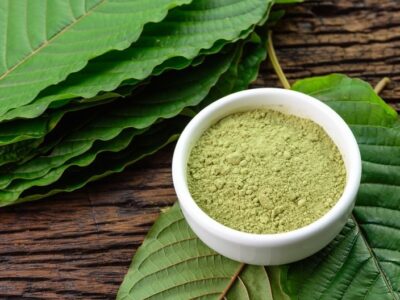As cannabis products exist in endless formulations, accurately testing their THC content proves vital yet complicated. While modern labs use advanced equipment to analyze samples, limitations persist. Estimating THC levels still involves some margin of error. Understanding these testing difficulties empowers consumers to make informed choices.
Why does testing accuracy matter? Variations between labeled and actual THC percentages directly impact consumer safety. Products indicating inaccurately low levels may trigger negative reactions in those expecting milder highs. Conversely, false higher readings build unrealistic tolerances, posing overconsumption risks when less potent products get consumed later. Beyond safety, accurate labeling also influences perceived value and ensures fair industry standards between producers. As the adage says – you get what you pay for. When purchasing any THC product, customers rightfully expect the listed potency to promise real-world validity.
Quest for consistent standards
Unlike scientifically measurable substances like alcohol or nicotine, no universal benchmarks currently exist for testing cannabis compounds. Random sample checks between labs often show sizeable inconsistencies. The lack of standardized methodology, equipment discrepancies, and operator variables all affect result deviation. Seeking to establish unified protocols, regulating groups propose guidelines around best practices.
Required in certain markets, these accredited facilities undergo intensive auditing to ensure equipment calibration, data protocols, staff training, and proficiency testing. Yet since states hold individual oversight authority, no mandatory national standards apply for cannabis testing. Adding to the variability is THC’s inherent molecular instability. Exposure to air, light, heat, or age alters chemical expressions over time. What may test accurately from harvest or production dates shifts dynamically across the supply chain until consumed. Pre-tested results can only offer so much reliability.
Common THC testing methods
what is thc? THC is legal for medical or recreational use.
- Chromatography Analysis (CA) – Using scientific instruments to separate and analyze molecular compounds, chromatography detects cannabis chemoprofiles. Two methods typically apply.
- Liquid Chromatography (LC) – Isolate compounds are carried through a liquid medium before running through a detector. Testing outputs quantify THC ratios plus other plant properties.
- Gas Chromatography (GC) – Vaporizes samples before moving through a long column separating cannabinoids. GC tests specifically identify and measure THC percentages.
Spectrometry testing
- Mass Spectrometry (MS) – Creates charged molecule fragments and then passes them through a detector measuring mass-to-charge ratios. Combined with GC and LC methods, MS confirms detected compound identities.
- High-Performance Liquid Chromatography (HPLC) – Performed after LC separation, HPLC utilizes unique wavelengths absorbed by passing compounds to identify specific cannabinoid levels.
- Gas Chromatography-Infrared Spectroscopy (GC-IR) – Following initial GC breakdown, IR light waves pinpoint distinct chemical bonds inside particles, mapping molecular structures. Adds extra identification power when paired with GC.
Lab shopping temptations
Regulatory gaps allow some operators to re-test suspiciously low results from one lab at another until achieving higher desired numbers. However, established oversight deters such tactics among accredited facilities. While advanced devices detect cannabis chemoprofiles with increasing sophistication, testing THC content remains as much art as science. Enhancing method standardization, operator practices, equipment maintenance, and oversight authority work to improve accuracy over time within reasonable margins of variability.
Until universal regulations and benchmarking apply, seeking qualified testing facilities adhering to best practices supports consumer safety. Combining instrument analysis with real-world dosing notes ultimately serves individual users best in building an experiential understanding of personalized product potency effects.












Comments